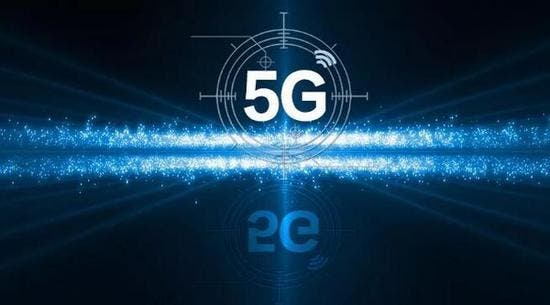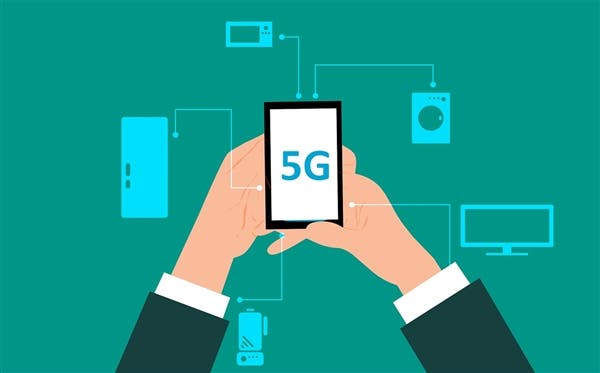Yesterday, on April 28, Lu Weibing, the general manager of Redmi brand, was asked about 5G. Before talking about this technology in details, he made an interesting statement, saying ‘Someone told me today that even if there is no 5G network, I want to use 5G smartphones!’ We guess many people will buy 5G-enabled smartphones even if there is no 5G coverage in their region. So it’s quite interesting to know what Lu Weibing thinks about it.
In this sense, it should be noted that only South Korea and America are officially opening 5G commercial networks, and the only 5G smartphone sold in the world is the Samsung S10 5G version. The rest of the world still can enjoy the goodies coming our way from 5G networks.

Moreover, not all regions are ready to provide quality 5G connectivity. Say, the Japanese media has tested the Korean 5G network, and it found that the signal was poor and the network speed was slow. Most of the time it fell on the 4G network and could not be used smoothly.
In this sense, though we understand 5G is the future, it’s more than just the next generation of communication. We know it will be used by IoT more rather than by smartphones or other mobile terminals.
Xiaomi executive Sun Changxun forwarded the shortcomings of the current 5G network. She said: ‘When the signal is not good, the smartphone will directly increase the power of the phone RF amplifier to the full grid (26dB) to find 5G signals. For the current 4G smartphones, even if the amplifier is full, it is 23dB. However, you shouldn’t look at this 3dB signal difference, the power consumption of the phone RF will be more than doubled. The high-frequency characteristics of 5G and the bandwidth from 20Mhz to 100Mhz will greatly reduce the coverage of the base station. A bad signal will be the norm.’
In other words, after switching to a 5G network, both the power consumption of the smartphone and the signal strength are inferior to the 4G network experience. This is indeed a 5G crash and can only be solved by a wide-spread base station.





